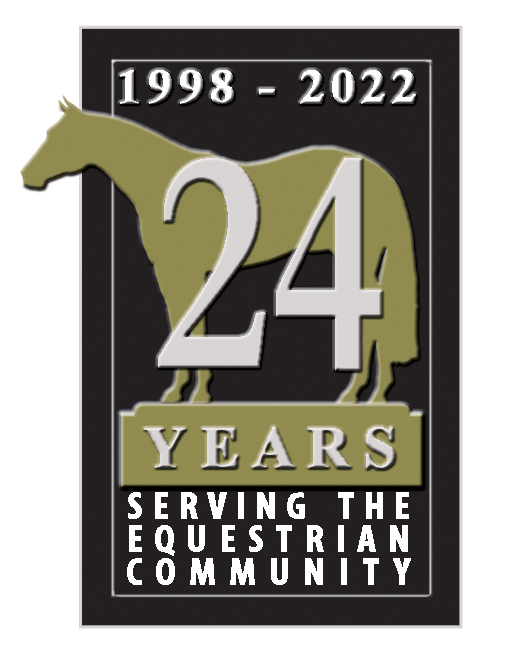Get Out of My Space!
July 14, 2009GET OUT OF MY SPACE!
by Ryan Gingerich, The Behaviorist
Q: How can I get my horse to stay back out of my space when I’m standing beside him and have hold of his lead rope? Sometimes I just want to stop and talk to a friend while leading my horse from the barn, but when I do, my horse moves into my space and crowds me. Occasionally, he’ll even push his nose against me. I suppose I’m not very good at disciplining him, but I just hate to hit my horse. Do you have any ideas for me?
A: First and foremost, don’t hit your horse; that’s not going to solve anything. You don’t want your horse to be afraid of you-that will ultimately cause other bad behaviors to pop up.
You need to teach your horse to get out of your space: To back up, go forward, and to stop on cue with the halter and lead rope. To get him to stop, you need to add pressure in a backward motion on the lead rope toward the point of the shoulder. Make sure you’re using a regular web halter, not a rope halter. Rope halters cause pain in the horse’s face and poll (a very sensitive area on the horse). And a lot of rope halters fit poorly, which can cause miscommunication when cueing the horse. Rope halters are also fairly dangerous and very painful if the horse pulls back while tied. There are a lot of different reasons why I don’t use rope halters, but that’s for another discussion.
When the horse gets into your space, it’s not a matter of disrespect-it’s a lack of training. Some trainers use the term ‘disrespectful’ (an anthropomorphic reference) which they then think gives them license to be aggressive with the horse, often causing the horse pain, fear and anxiety.
I’d rather view this issue of the horse crowding you as a learned response. We simply need to train him not to do that!
So again, take the lead rope and put pressure on it toward the point of the horse’s shoulder. Ask the horse to step back and stand still (basic foundation issues that are a part of my program). If the horse comes forward without you asking, simply ask him to step back again (backward pressure on the lead rope). Continue practicing this from both sides. If he moves his hips left or right, get your horse to stand square and not move. (In my program there are specific exercises, like the “connection clock” where you get the horse to move forward/back on the diagonals, etc.) That will help you get more control over the horse’s feet, so that when you ask him to back, he backs immediately.
How the horse backs is important, too, because you don’t want him to push his nose out and brace against the halter pressure. He needs to back with lightness, so that when you add pressure to the halter you get an immediate response. Not a delayed response-a light and immediate response.
Continue with this process-forward/back, forward/back, until the horse will move with very little pressure. Your horse should stand still while you walk a few steps ahead of him. He should only move when there is pressure on the halter; he shouldn’t move just because you’re moving. Teaching your horse to move from your body language is often confusing to the horse and may lead to other behavioral issues. It’s much easier and much clearer to the horse if he only moves when asked from direct pressure.
So, to sum this up: Don’t hit your horse. Teach your horse to move forward and backward from direct pressure, and to stand still. Don’t allow the horse to move as a response to your body language. The horse should only move when direct pressure is applied.
Hope this helps, and as always-be safe and have fun with your horses!
For more information about the Ryan Gingerich program, visit http://www.ryangingerich.com/ www.RyanGingerich.com or call 800.359.4090.

